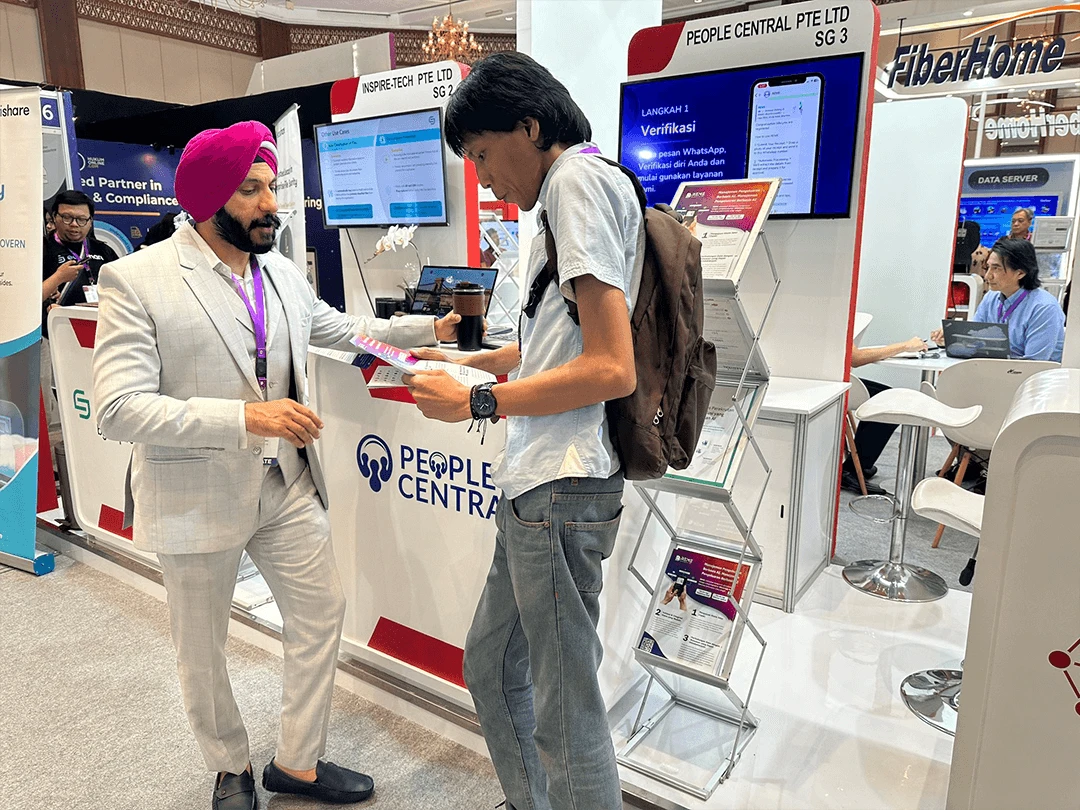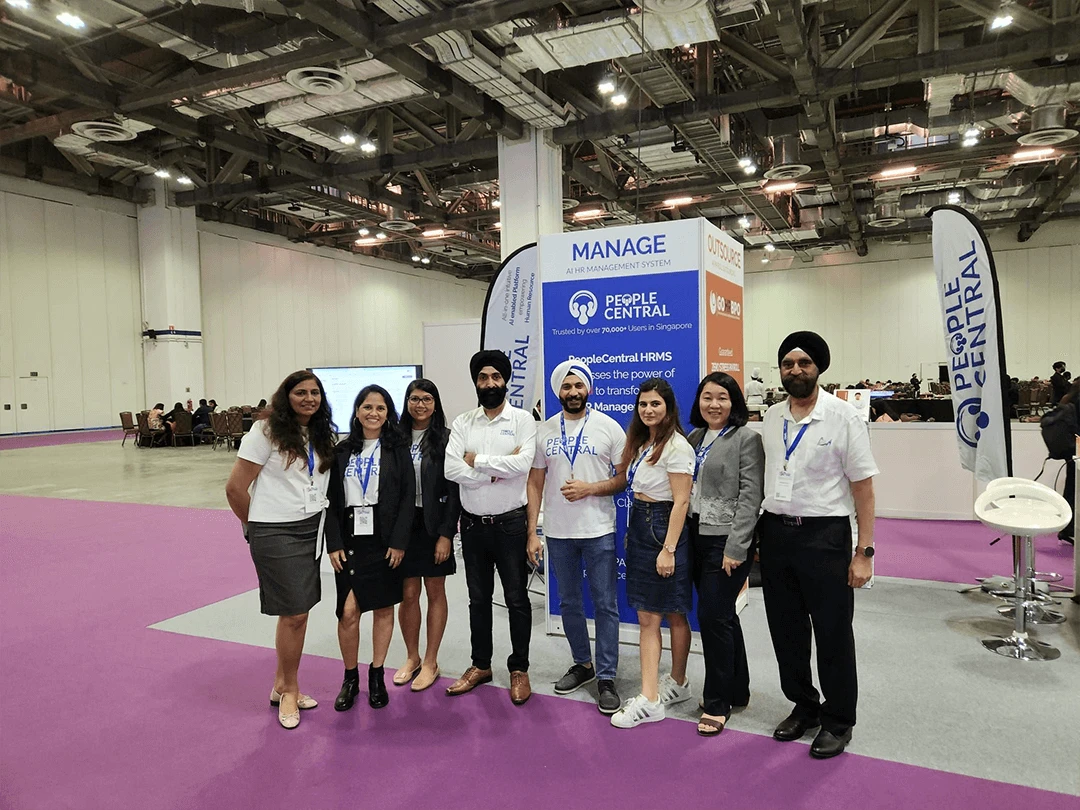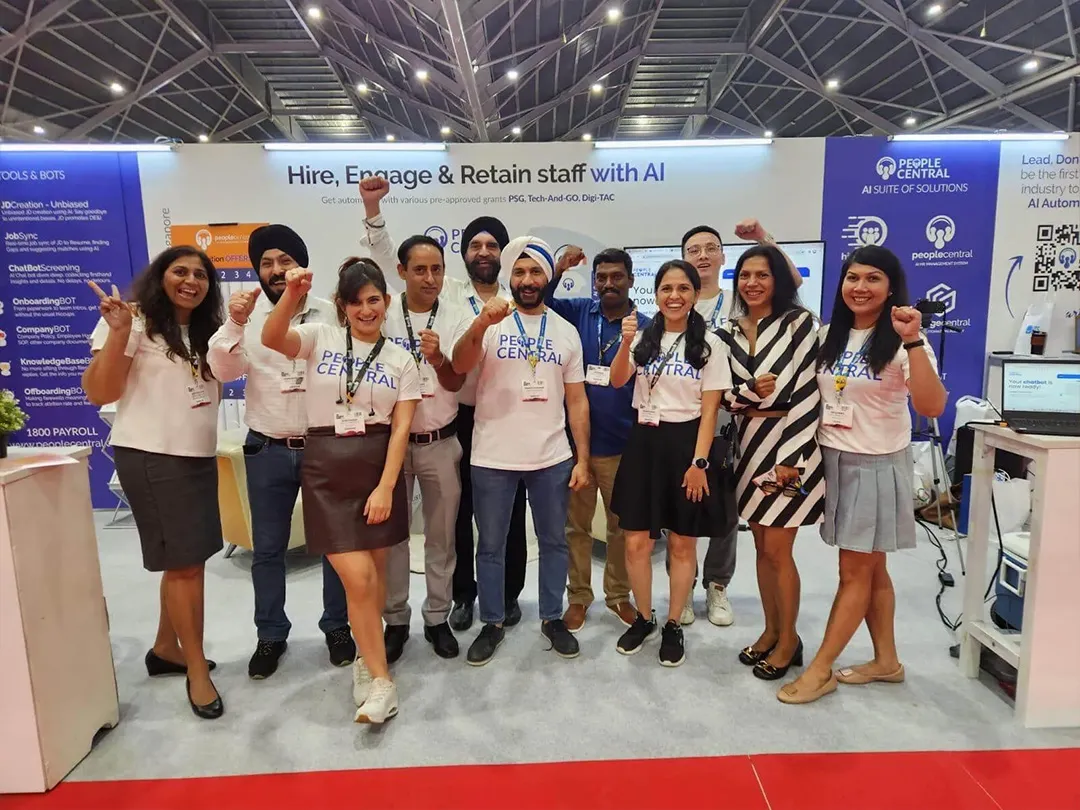What is Automated Onboarding?
Automated onboarding is a modern approach to welcoming and integrating new employees into an organization using technology-driven processes and workflows. Unlike the traditional onboarding process, which relies heavily on manual paperwork and human intervention, automated onboarding leverages digital tools, software, and predefined sequences to streamline and standardize the entire onboarding journey keeping adherence to your company policies.
Explore the Benefits of Automated Onboarding
Personalization at Scale:
Imagine welcoming each new employee with a personalized experience that caters to their unique needs. Automated onboarding systems can do just that, making each new team member feel like they’re part of something special.
Data-Driven Decision-Making:
Forget guesswork. With automated onboarding, organizations can gather insightful data on the process. This data-driven approach allows you to pinpoint areas for improvement, especially during training programs and fine-tune the onboarding journey continuously.
Streamlined Compliance:
Legalities and paperwork don’t have to be a headache. Automated onboarding ensures that all necessary forms are filled out correctly and stored securely, reducing the risk of compliance-related mishaps.
Supercharged Efficiency:
No more tedious paperwork and manual data entry. Automation simplifies administrative tasks, freeing up HR teams to focus on strategic initiatives. This translates into both time and cost savings.
Engaged Workforce:
Onboarding isn’t just about forms and policies; it’s about making new hires feel like they belong. Automation can facilitate engagement through personalized messages, interactive training, and team integration.
Must-Have Elements in Automated Onboarding
Employee onboarding automation is only as effective as the elements it encompasses. To create a seamless and engaging experience for new employees, consider incorporating these essential elements into your automated onboarding process:
1. Personalized Welcome Messages: Start the onboarding journey on a warm and personalized note. Automated welcome messages tailored to each new hire create a positive first impression and set the tone for their experience.
2. Digital Document Management: Eliminate the need for paperwork with a digital document management system. Ensure that all necessary forms and documents can be easily accessed, completed, and securely stored online.
3. Task and Workflow Automation: Automate the assignment of tasks and workflows. Create a step-by-step onboarding plan that guides new employees through the process, making it clear what they need to do and when.
4. E-Signatures: Streamline the process of signing contracts and agreements with e-signature capabilities. This not only reduces paperwork but also ensures legal compliance.
5. Training and Development Plans: Offer automated training and development plans based on the new employee’s role. Include video tutorials, e-learning modules, and assessments to facilitate learning.
6. Compliance Tracking: Implement automated compliance tracking to ensure that all legal and HR requirements are met. This includes tracking the completion of forms, safety training, and certifications.
7. Integration with HR Systems: Seamlessly integrate your automated onboarding system with your HRIS and other relevant HR system. This ensures consistency and accuracy in employee records.
8. Task Reminders and Notifications: Keep both new hires and HR teams on track with automated task reminders and notifications. These nudges can help prevent important steps from falling through the cracks and bring improvement in the hire experience of candidates and HRs.
9. Feedback Mechanisms: Encourage employee feedback from new employees about their onboarding experience. Automated surveys or feedback forms can provide valuable insights for continuous improvement eliminating the errors in manual onboarding process.
10. Employee Engagement Initiatives: Promote a sense of belonging and engagement with automated initiatives, such as pairing new hires with buddies or mentors, and organizing social events or virtual meetups.
11. Progress Tracking and Analytics: Monitor the progress of each new hire in real-time with automated analytics. Assess the effectiveness of the onboarding process and make data-driven improvements.
12. Continuous Learning Opportunities: Beyond initial onboarding, provide access to ongoing learning and development resources through an LMS, helping employees grow and advance in their roles.
13. Support and Assistance: Include automated channels for new employees to seek help or assistance. Chatbots or support tickets can be valuable tools for addressing questions and concerns.
14. Company Culture Integration: Ensure that automated onboarding technology also encompasses elements that immerse new hires in the company culture. Share the organization’s values, mission, and stories to help them feel like part of the team.
15. Secure Data Handling: Prioritize data security by implementing encryption and access controls. Safeguard sensitive employee information throughout the onboarding process.
These must-have elements are the building blocks of a successful automated onboarding process. By incorporating them into your system, you can create an efficient, engaging, and compliant experience for new employees while saving time and resources for your organization.
Setting the Onboarding Stage for Success
1. Pick the Right Tools:
Begin by selecting a apt software that aligns with your organization’s employee onboarding automation strategy and unique onboarding needs. Consider platforms like e-signature solutions, HRIS, and LMS systems.
2. Centralize Your Resources:
Make sure all essential onboarding documents and materials are stored in one easily accessible digital hub, simplifying the process for both HR and new hires.
3. Empower Your Team:
Train your HR and IT teams to navigate the new effective employee onboarding automation process. Ensure they have the skills and knowledge to provide support and troubleshoot any issues.
4. Fortify Security:
For a seamless onboarding experience sensitive employee data is in the mix, and robust cybersecurity measures are non-negotiable. Secure the system to safeguard information and maintain trust.
Making It Happen
1. Strategic Planning:
Before diving in, conduct a thorough assessment of your organization’s onboarding needs. Design a workflow that aligns with these requirements so that you can gain the best employee onboarding solutions.
2. Smart Software Selection:
Choose employee onboarding software tools and platforms that are the perfect fit for your unique onboarding process, ensuring they integrate seamlessly with your existing systems.
3. Masterful Workflow Design:
For a positive onboarding experience create a structured workflow that clearly outlines tasks, responsibilities, and timelines for each step. Keep it intuitive and user-friendly.
4. Test, Tweak, and Adapt:
Don’t rush into full implementation. Test the system with a select group of new hires and gather their valuable feedback to refine and perfect the process of onboarding activities.
5. Embrace Integration:
Ensure that the automated onboarding system smoothly integrates with your HRIS and any other relevant systems, maintaining accuracy in employee records.
6. Training and Documentation:
Prepare your HR and IT teams for the smooth transition. Offer comprehensive training sessions and create easy-to-follow documentation for ongoing reference and achieve a successful onboarding experience.
7. Monitor and Refine:
As you roll out the automated onboarding process, keep a close eye on its effectiveness. Make adjustments as necessary to ensure it remains a well-oiled machine for enhanced employee experience.
In Conclusion
Embracing automated employee onboarding process isn’t just a modernization of a dated process; it’s a strategic move that can revolutionize your organization’s onboarding workflows. By personalizing the entire process of employee onboarding experience, streamlining repetitive tasks, automating manual processes and empowering your teams, you’ll not only attract top talent but also retain and nurture them effectively. Automation isn’t just a tool; it’s a catalyst for a more engaged, efficient, enhanced employee retention rate and forward-thinking workplace.
FAQs
Ques 1. How to achieve a consistent onboarding experience?
Ans. A consistent onboarding experience is essential for any business that wants to create a positive first impression for new hires. An employee onboarding automation software can help standardize and streamline the onboarding process, making it easier to ensure a consistent experience.To achieve a consistent onboarding experience, businesses should focus on setting up an automated effective onboarding program that captures and tracks all relevant employee information.
Ques 2. What is an employee onboarding process automation?
Ans. Employee onboarding process automation is the use of software and technology to streamline and automate many of the steps involved in a fragmented onboarding program welcoming a new employee to an organization. Automation can help HR departments reduce manual tasks, simplify paperwork, and eliminate duplicative tasks during onboarding saving valuable time with an increased ratio of retention rates.








 5
5


























